Home>Furniture & Design>Interior Design Trends>How To Peel A Mango With A Glass


Interior Design Trends
How To Peel A Mango With A Glass
Published: February 5, 2024
Learn the latest interior design trends and how to incorporate them into your home. Discover expert tips and ideas for creating a stylish and functional living space.
(Many of the links in this article redirect to a specific reviewed product. Your purchase of these products through affiliate links helps to generate commission for Storables.com, at no extra cost. Learn more)
Introduction
Mangoes are a delightful tropical fruit known for their luscious sweetness and vibrant colors. Their succulent flesh and rich flavor make them a popular choice for snacks, desserts, and even savory dishes. However, peeling a mango can be a daunting task, often resulting in a messy and wasteful experience. Fortunately, there's a simple and ingenious method that involves using a glass to effortlessly peel a mango, leaving you with perfectly sliced fruit ready to enjoy.
In this article, you will learn how to select a ripe mango, the best way to cut it, and the step-by-step process of using a glass to peel the mango. By following these instructions, you can savor the juicy goodness of a perfectly peeled mango without the hassle and frustration of traditional peeling methods.
So, if you've ever struggled with peeling a mango or simply want to discover a new and efficient way to enjoy this delectable fruit, read on to master the art of peeling a mango with a glass. Get ready to elevate your mango-eating experience and impress your friends and family with your newfound culinary prowess.
Key Takeaways:
- Peeling a mango with a glass is a fun and easy way to enjoy this tropical fruit without the mess. Just pick a ripe mango, cut it into cubes, and use a glass to effortlessly peel the skin away!
- Once you’ve peeled the mango, get creative with how you enjoy it! Whether on its own, in a fruit salad, as a topping for yogurt or ice cream, or blended into a smoothie, the possibilities are endless and delicious!
Read more: How To Store Mango
Step 1: Selecting a Ripe Mango
Selecting a ripe mango is crucial for the success of the peeling process and the overall enjoyment of the fruit. A ripe mango will yield to gentle pressure, similar to a ripe peach or avocado. When choosing a mango, look for one that is slightly soft to the touch without being mushy. The skin should give slightly when pressed, indicating that the fruit is ripe and ready to be enjoyed.
In addition to the texture, the color and aroma of the mango can provide valuable clues about its ripeness. A ripe mango will often exhibit a fragrant, sweet aroma at the stem end, signaling its readiness to be consumed. The color of the mango can vary depending on the variety, but a ripe mango typically features a vibrant, rich hue with hints of red, orange, or yellow, depending on the specific cultivar.
Another useful indicator of ripeness is the presence of small wrinkles or slight shriveling on the skin. These wrinkles, often referred to as "shoulders," are a natural characteristic of ripe mangoes and can be observed near the stem. When these subtle signs are present, it's a strong indication that the mango is ripe and at its peak flavor.
When shopping for mangoes, it's beneficial to handle the fruit gently to avoid bruising or damaging the delicate flesh. If the mango is not yet ripe, it can be left at room temperature to continue ripening. Placing the mango in a paper bag can expedite the ripening process by trapping the ethylene gas that the fruit naturally produces.
By carefully selecting a ripe mango, you set the stage for a delightful peeling and eating experience. The sweet, juicy flesh of a perfectly ripe mango is a true delight, and by choosing a mango at its peak ripeness, you ensure that your efforts in peeling and enjoying the fruit are rewarded with the best possible flavor and texture.
Step 2: Cutting the Mango
To prepare the mango for the innovative peeling method using a glass, it's essential to master the art of cutting the fruit. This step is crucial in ensuring that the mango is properly prepped for the subsequent peeling process. By following these simple yet effective cutting techniques, you can set the stage for a seamless and satisfying peeling experience.
Begin by placing the mango on a clean cutting board. With a sharp knife, carefully slice off a small portion of the mango from both sides, avoiding the large, flat seed in the center. The goal is to create two relatively flat surfaces by cutting parallel to the seed. This initial cutting step provides stability and a flat base for the mango, making it easier to handle and peel in the subsequent steps.
Next, take one of the mango halves and make lengthwise cuts along the fruit, being mindful not to cut through the skin. Create a grid-like pattern of incisions, making sure to space the cuts according to the desired size of the mango pieces. Once the lengthwise cuts are complete, repeat the process with crosswise cuts, resulting in a checkerboard pattern of mango cubes within the skin.
At this stage, the mango half resembles a hedgehog, with the flesh pushed outward by the grid of incisions. Gently invert the mango half by pressing the skin from underneath, causing the mango cubes to protrude outward. This step transforms the mango into a convenient and visually appealing arrangement of cubes, ready to be peeled using the glass method.
Repeat the same cutting process with the remaining mango half, and you will have two beautifully prepared mango halves, each showcasing a grid of perfectly portioned mango cubes within the skin. This meticulous cutting technique not only facilitates the subsequent peeling process but also presents the mango in an elegant and inviting manner, enhancing the overall visual appeal of the fruit.
By mastering the art of cutting the mango with precision and care, you pave the way for a seamless transition to the innovative peeling method using a glass. The beautifully prepared mango halves, adorned with a grid of tantalizing mango cubes, are now primed for the next step in the process, where the glass will work its magic in effortlessly peeling the fruit, revealing the succulent and flavorful mango flesh within.
Place the edge of a drinking glass between the mango flesh and skin. Push the glass down to separate the flesh from the skin, then slide the mango out. Enjoy!
Step 3: Using a Glass to Peel the Mango
With the mango halves expertly prepared and showcasing a tantalizing grid of mango cubes within the skin, it's time to unveil the ingenious method of using a glass to effortlessly peel the mango. This unconventional yet remarkably effective technique allows you to separate the mango flesh from the skin with minimal effort, resulting in neatly peeled mango cubes ready to be enjoyed.
To begin, take one of the prepared mango halves and hold it in your hand, flesh side facing outward. With the assistance of a drinking glass, gently press the rim of the glass against the edge of the mango, just inside the skin. Apply even pressure as you push the glass downward, guiding it between the flesh and the skin in a smooth, sweeping motion.
As the glass moves downward, it neatly separates the mango cubes from the skin, effectively peeling the fruit in the process. The flesh of the mango conforms to the shape of the glass, allowing the cubes to effortlessly detach from the skin, leaving you with a pristine collection of perfectly peeled mango cubes within the glass.
Continue this gentle, downward motion with the glass, ensuring that it follows the curvature of the mango as it glides along the skin. With each pass, the glass effortlessly releases the mango cubes, creating a visually appealing and convenient arrangement of peeled fruit within the glass.
Once the glass has traversed the entire edge of the mango, you will be left with a glass filled with impeccably peeled mango cubes, ready to be transferred to a serving dish or enjoyed directly from the glass. The process can be repeated with the remaining mango half, resulting in a generous yield of neatly peeled mango cubes, free from the constraints of the skin and ready to be savored.
The beauty of this method lies in its simplicity and efficiency, offering a hassle-free way to peel a mango without the mess and frustration often associated with traditional peeling techniques. By harnessing the smooth surface and gentle pressure of a glass, you can effortlessly separate the mango flesh from the skin, unveiling the succulent and flavorful cubes within.
With the mango cubes neatly peeled and liberated from the skin, you are now poised to savor the sweet, juicy goodness of the mango without any hindrances. Whether you choose to enjoy the peeled mango cubes on their own, incorporate them into a refreshing fruit salad, or use them as a vibrant topping for yogurt or ice cream, the possibilities are as endless as the delight derived from this innovative peeling method.
Step 4: Enjoying Your Freshly Peeled Mango
Step 4: Enjoying Your Freshly Peeled Mango
With your freshly peeled mango cubes ready to be savored, it's time to indulge in the delightful experience of enjoying this tropical fruit at its best. The succulent and flavorful mango cubes, liberated from the constraints of the skin, offer a myriad of possibilities for culinary enjoyment and pure, unadulterated delight.
Whether you choose to relish the peeled mango cubes on their own, allowing their natural sweetness and juiciness to tantalize your taste buds, or incorporate them into a variety of culinary creations, the options for savoring this delectable fruit are as diverse as they are delightful.
One of the simplest and most satisfying ways to enjoy freshly peeled mango cubes is to savor them in their purest form. The vibrant color, luscious texture, and irresistible sweetness of the mango cubes make them a perfect standalone treat. With each bite, you can revel in the tropical essence of the mango, allowing its natural flavors to transport you to sun-kissed orchards and exotic locales.
For a refreshing and vibrant twist, consider incorporating the peeled mango cubes into a vibrant fruit salad. Combine them with an assortment of complementary fruits such as strawberries, kiwi, and pineapple to create a medley of flavors and textures that celebrate the essence of summer. A drizzle of freshly squeezed lime juice or a sprinkle of finely chopped mint can elevate the fruit salad, adding a zesty and aromatic dimension to the ensemble.
If you're in the mood for a creamy and indulgent treat, consider using the peeled mango cubes as a vibrant topping for yogurt or ice cream. Their natural sweetness and juicy appeal complement the creamy richness of dairy-based desserts, creating a harmonious balance of flavors and a visually stunning presentation. Whether layered in a parfait or simply spooned atop a bowl of your favorite frozen treat, the peeled mango cubes add a touch of tropical elegance to every spoonful.
Incorporating the freshly peeled mango cubes into smoothies, cocktails, or mocktails offers a refreshing and invigorating way to enjoy this tropical fruit. Their vibrant color and natural sweetness infuse any beverage with a burst of tropical flair, making them a versatile and appealing addition to a wide range of drinks. Whether blended into a velvety smoothie, muddled in a zesty cocktail, or simply added to a glass of sparkling water, the peeled mango cubes bring a touch of exotic charm to every sip.
With the innovative method of using a glass to peel a mango, the possibilities for enjoying this tropical fruit are as boundless as your imagination. Whether relishing the peeled mango cubes in their purest form, incorporating them into vibrant culinary creations, or infusing them into refreshing beverages, the freshly peeled mango cubes offer a tantalizing experience that celebrates the essence of this beloved tropical fruit. So go ahead, savor the succulent goodness of the freshly peeled mango cubes and let their natural sweetness transport you to a tropical paradise with every delightful bite.
Frequently Asked Questions about How To Peel A Mango With A Glass
Was this page helpful?
At Storables.com, we guarantee accurate and reliable information. Our content, validated by Expert Board Contributors, is crafted following stringent Editorial Policies. We're committed to providing you with well-researched, expert-backed insights for all your informational needs.

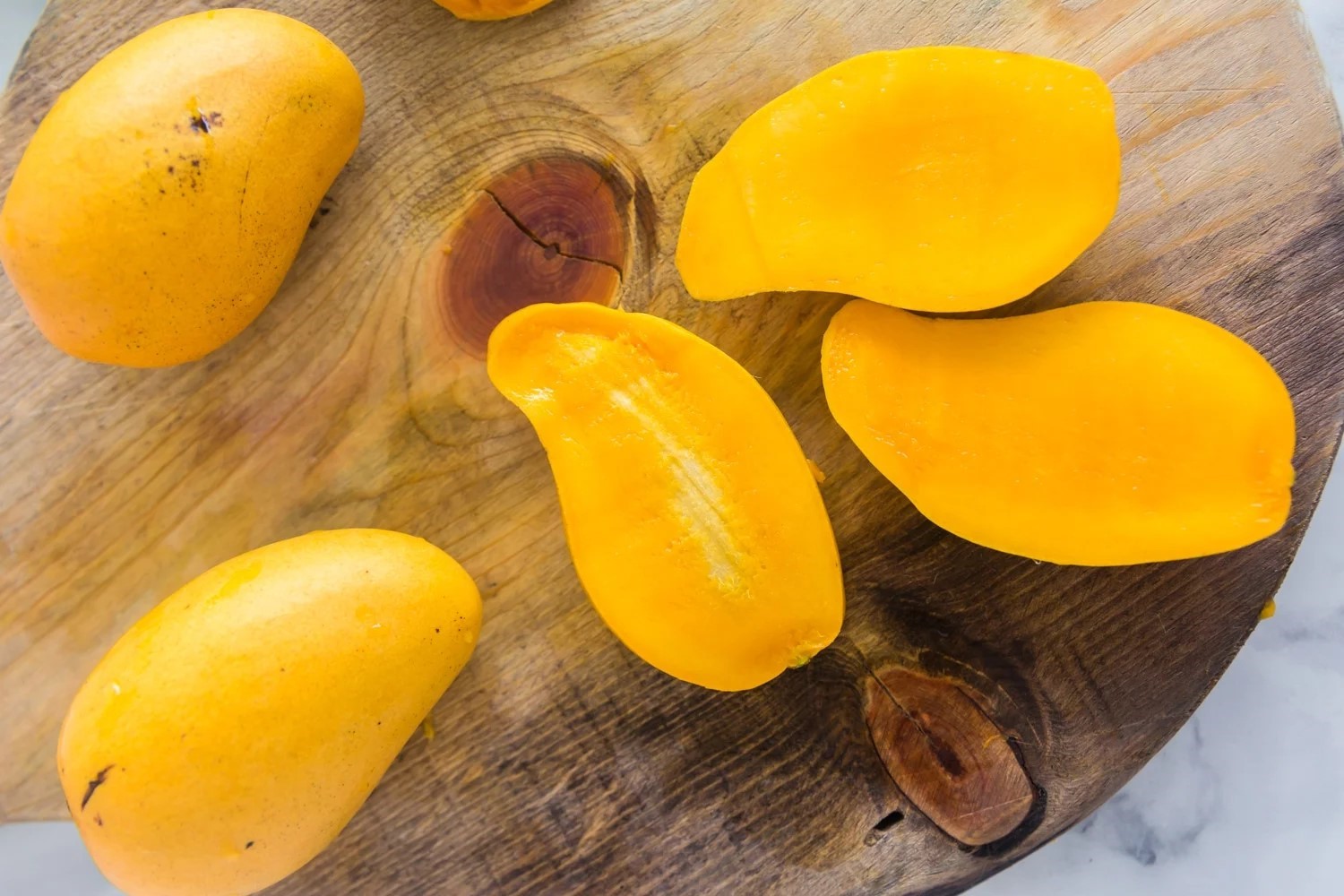
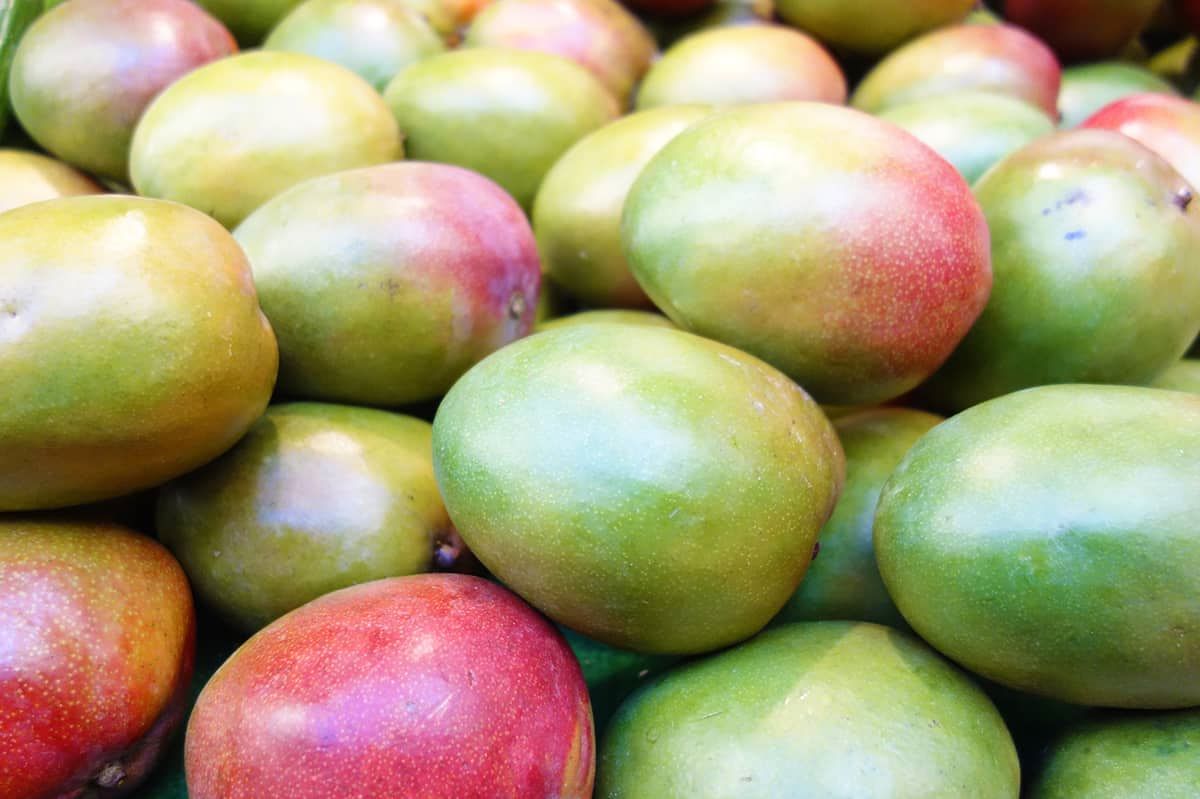
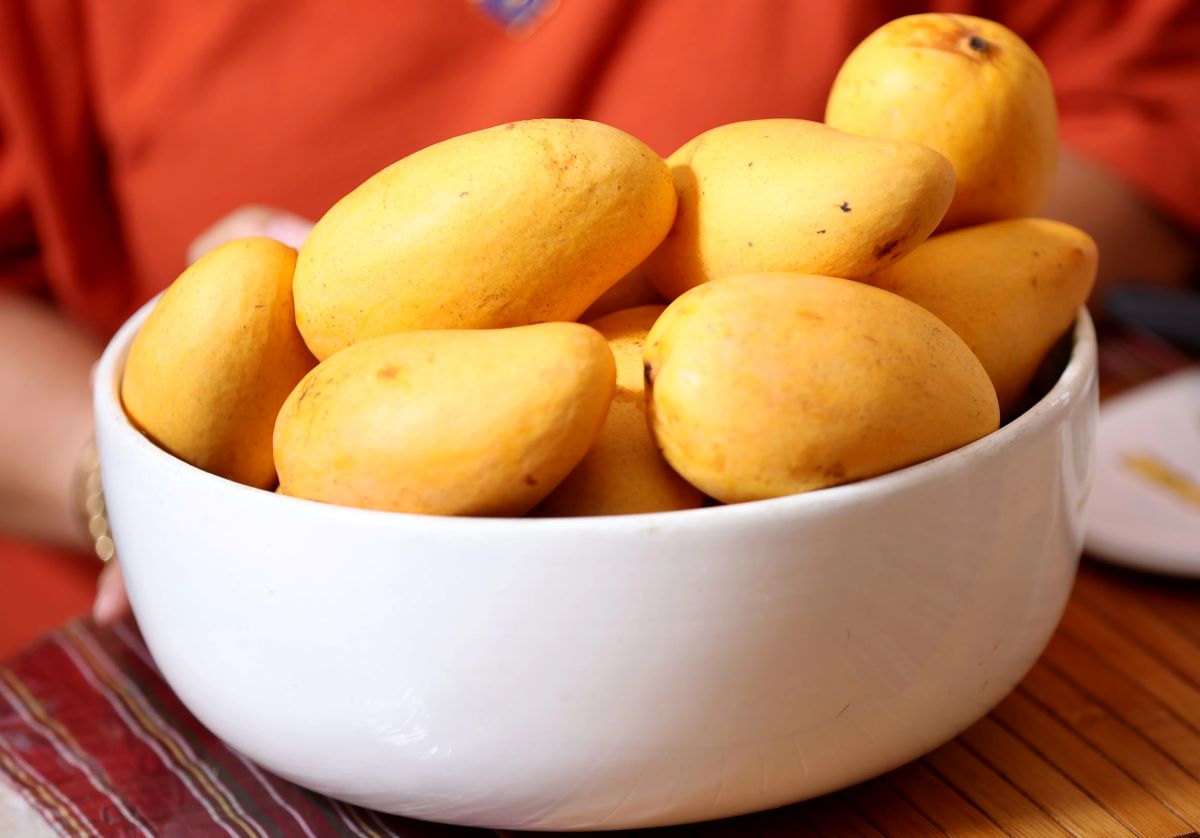
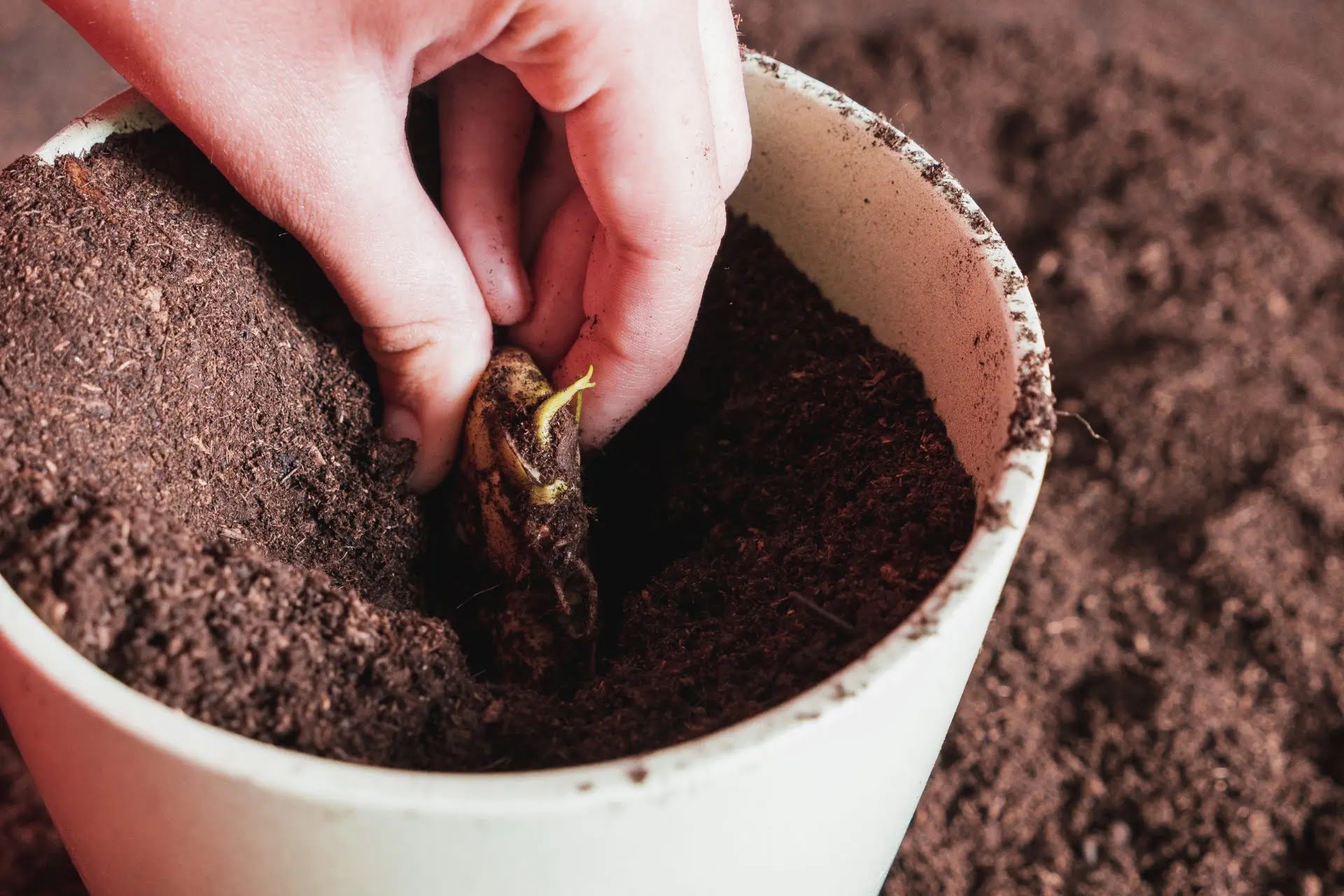
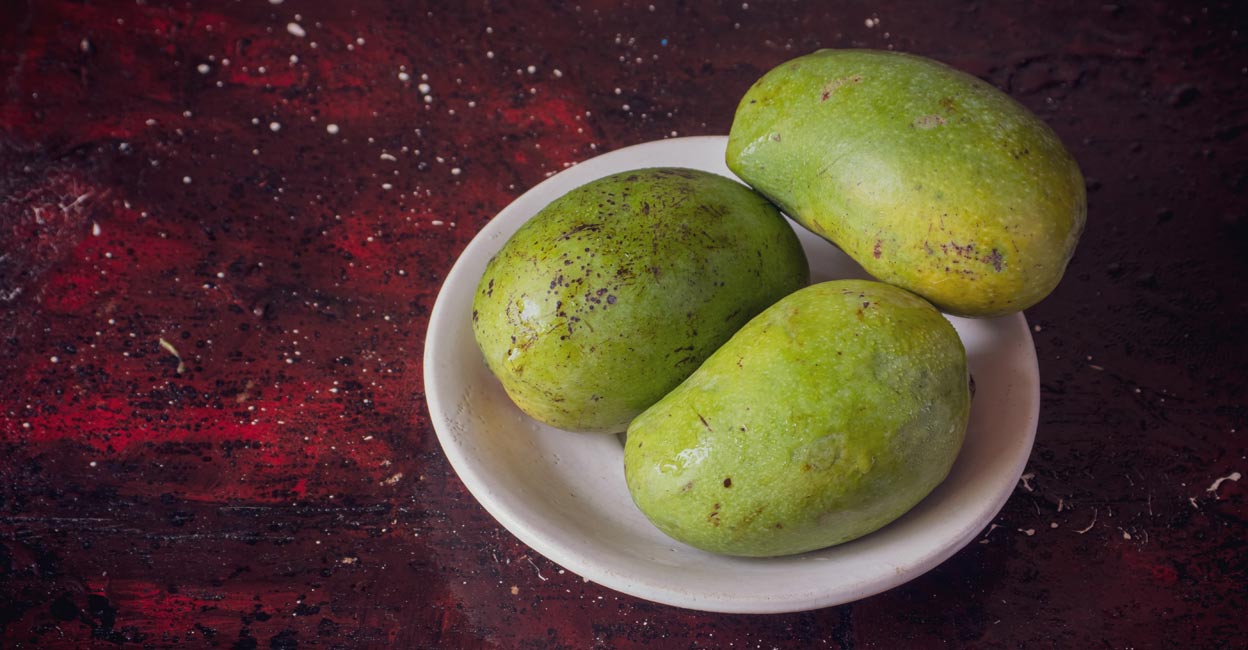

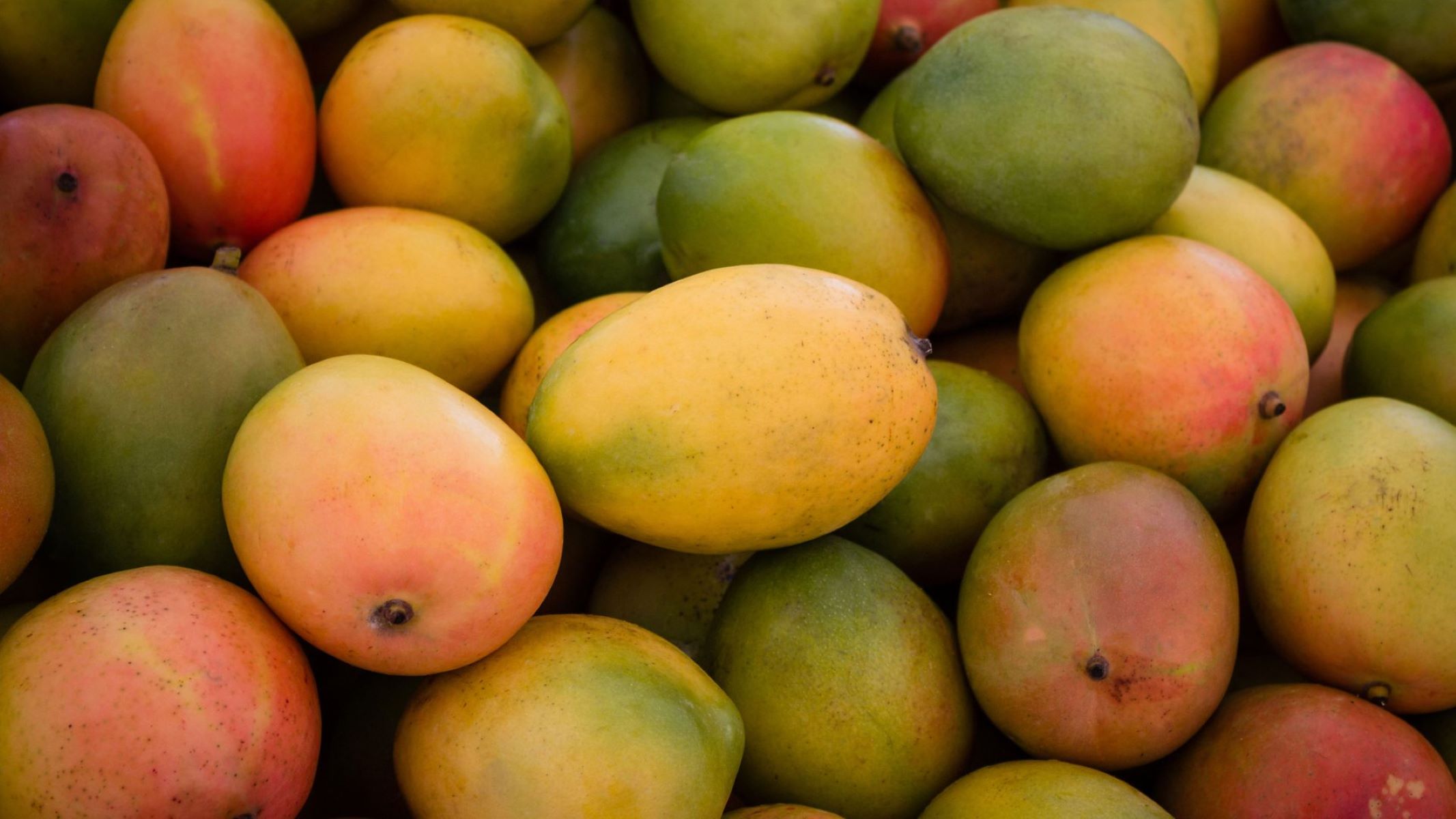

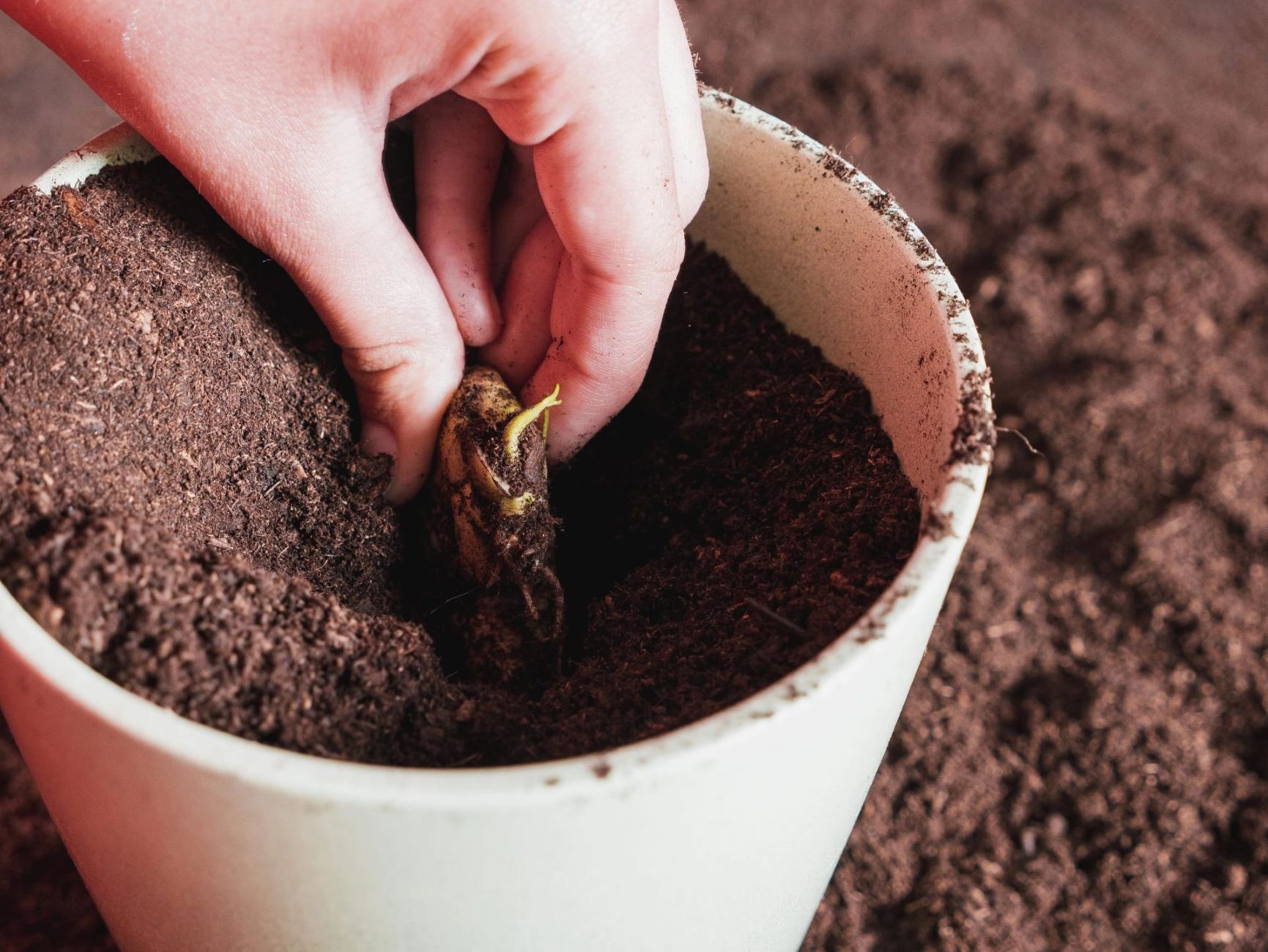
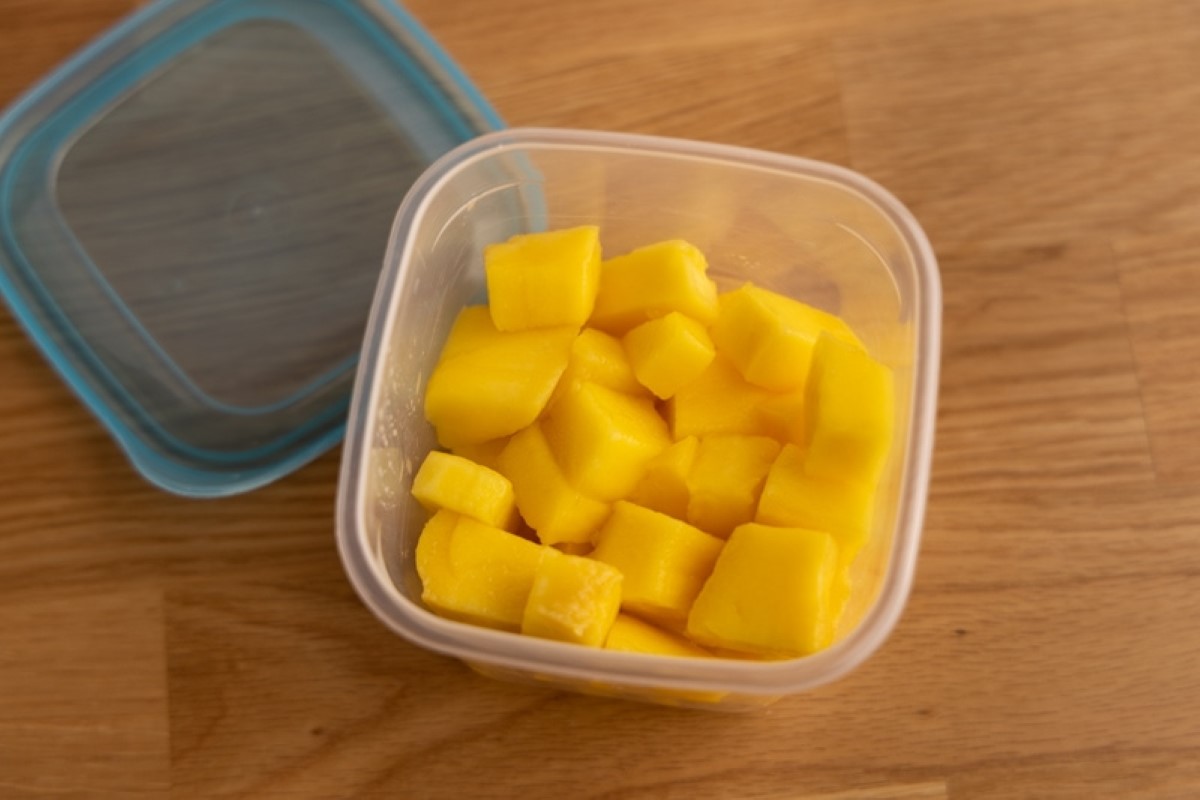
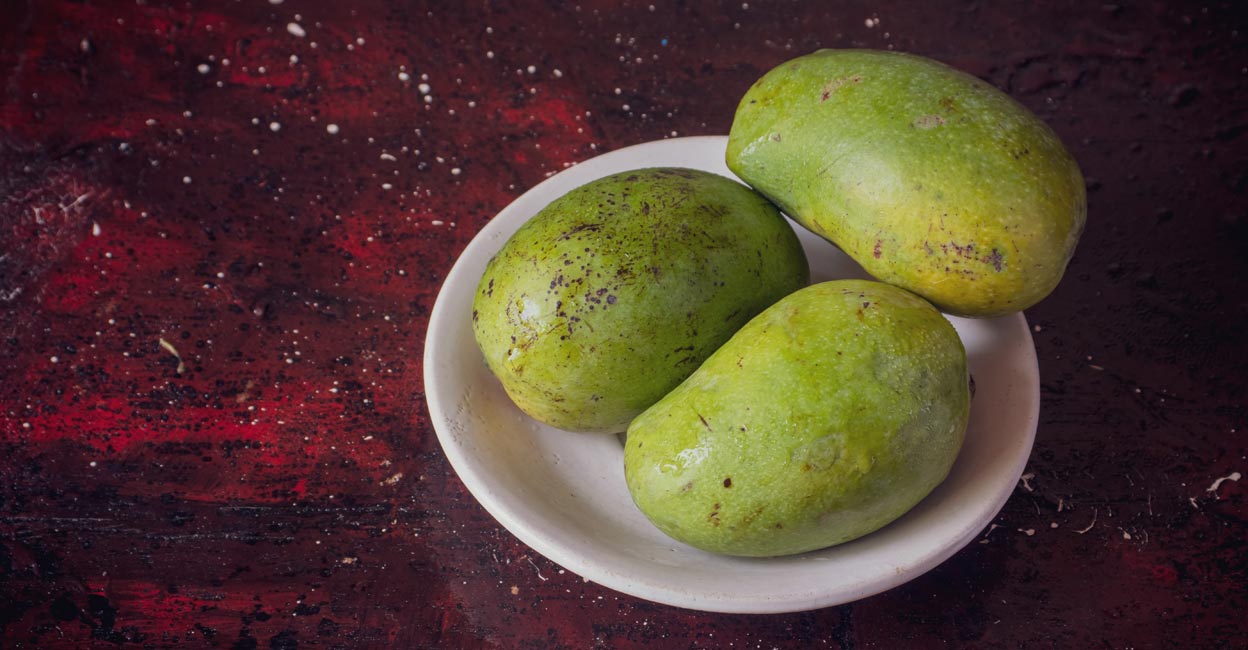



0 thoughts on “How To Peel A Mango With A Glass”